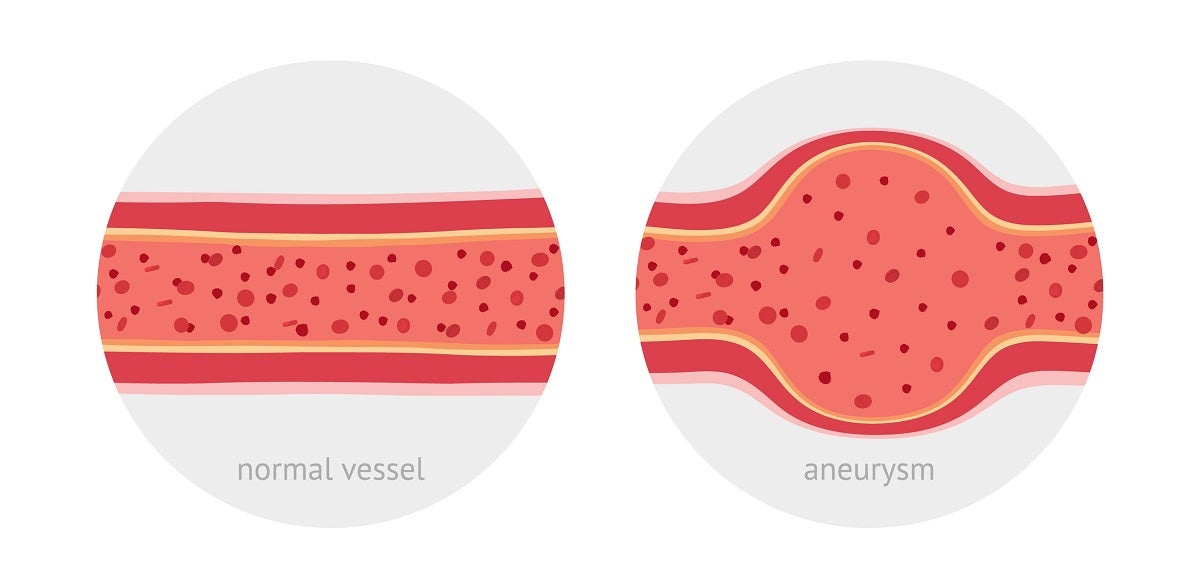Abdominal Aortic Aneurysm
March 25, 2024
Categories: Cardiovascular Health, Men's Health, Women's Health
The aorta is the central blood vessel in the middle of your body that carries blood from your heart to the rest of your body. A “balloon” can form in the aorta, which is known as an aneurysm. An aneurysm is a bulge in the wall of the aorta that becomes a weak spot for the vessel.
An Abdominal Aortic Aneurysm (AAA) is typically asymptomatic and discovered incidentally during testing for another condition. However, it can be lethal if untreated. Early detection is key. 30% of ruptures of an aortic aneurysm end in death. AAAs occur four times more frequently in men than women.
Risk Factors for AAA
- Smoking — a potent contributor to the development of an aneurysm.
- Older age
- Family history
The SAAAVE Act
This is the “Screening Abdominal Aortic Aneurysms Very Efficiently Act” passed by Congress in 2006. According to the Society for Vascular Surgery “the law provides for a one-time AAA screening as part of the Welcome to Medicare Physical Exam for male-ever smokers and men and women with a family history of AAA.” This screening is free under Medicare for qualified patients who are age 65.
I recommend that patients with a family history of AAA get screened at age 55.
Treatment of AAA
The patient’s gender, and the size and growth rate of the aneurism matter. Data supports treatment under these circumstances:
- Males with an aneurysm of 5.5 centimeters or greater
- Females with an aneurysm of 5.0 centimeters or greater
- An aneurysm that is growing rapidly
- Unusual circumstances
Our primary go-to treatment for AAA is endovascular aneurysm repair surgery, which has been performed since 1994. Surgeons place a stent in the aorta to divert the blood flow into the stent rather than the aneurysm. Although the aneurysm remains, it shrinks and poses no more danger. The aorta is on the spine and requires major surgery to fix when done through open surgery.
Takeaways
If you have family history of any cardiovascular disease, including aneurysms, notify your primary care provider, who might need to perform testing and/or refer you to a specialist.
If you smoke, stop smoking. There is a direct link between smoking and vascular disease.
To learn more about vascular services at Trinity Health, visit TrinityHeatlhMichigan.org/Vascular.



